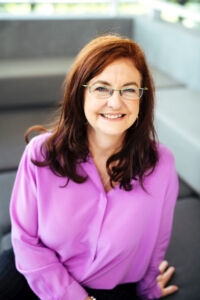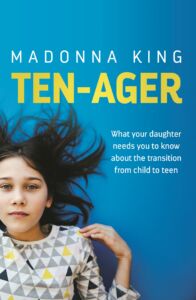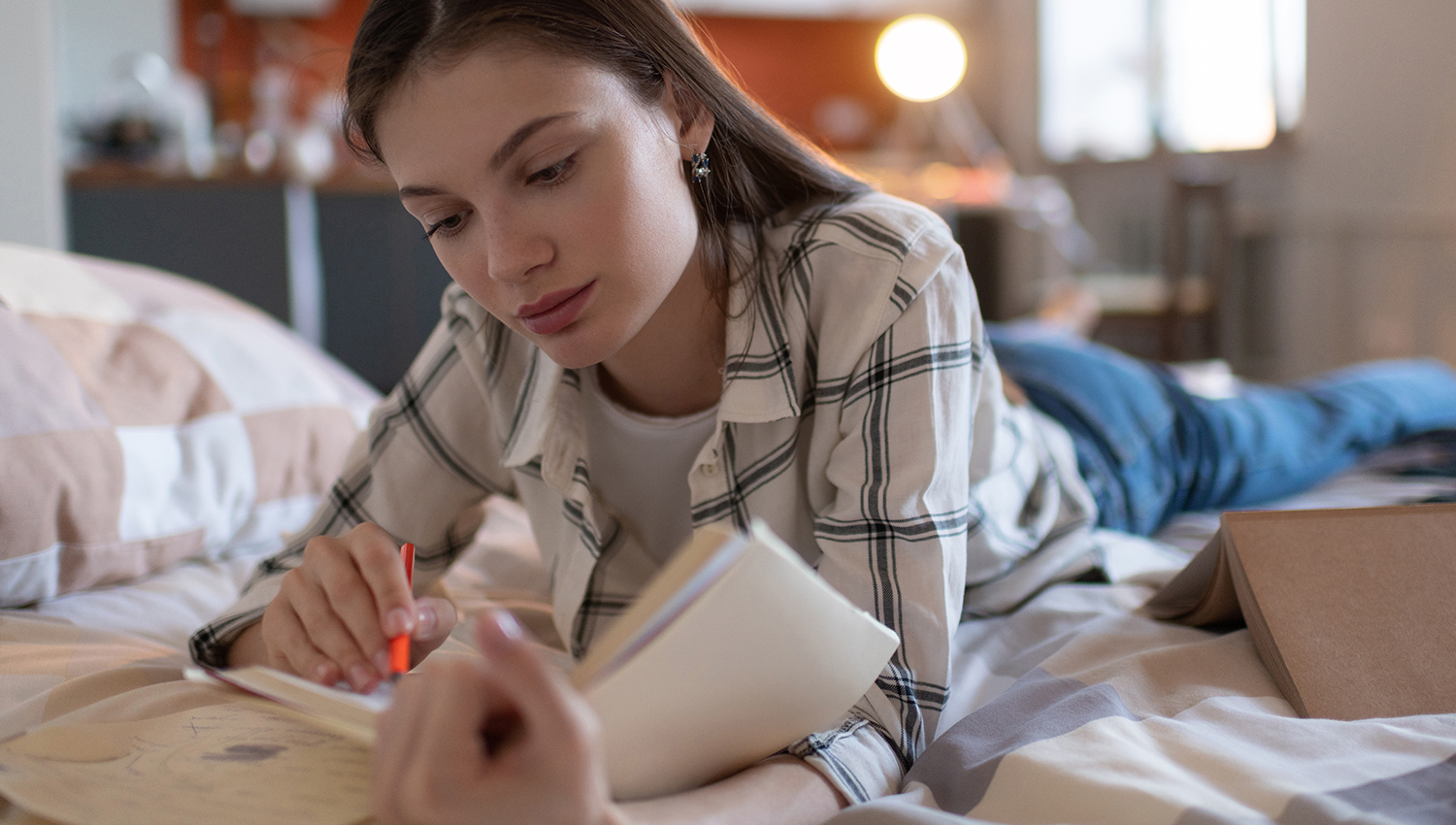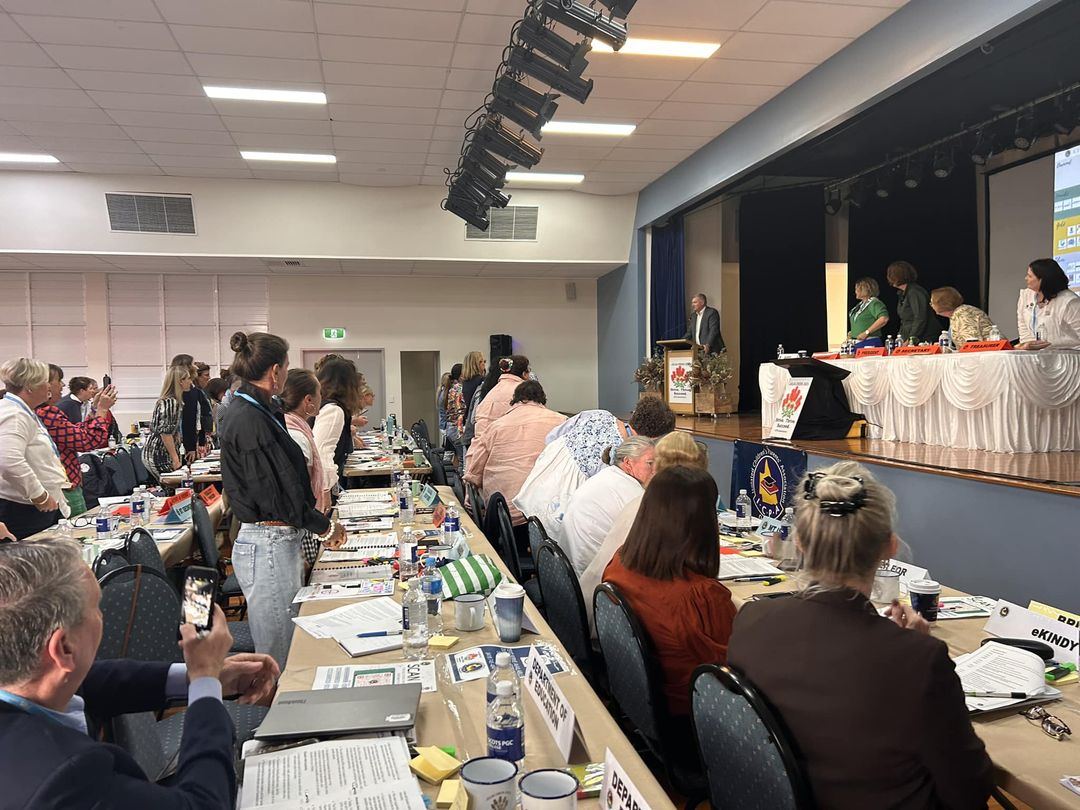Queensland journalist and author Madonna King, who delved into the psyche of teenage girls in her popular book ‘Being 14’, is gearing up to release a fascinating new handbook for parents of pre-teen girls – Ten-ager.
The book investigates what 10 year-old girls are thinking and worrying about as they transition into adolescence.
As part of her research, Madonna drew on insights from 500 10 year-old girls, 1600 mothers and 100 Year five teachers, along with dozens of school principles, teen psychologists, researchers and academics.
Her conclusion?
“I think 10 is the new teenager,” Madonna, pictured, offers.
“[Australian social researcher] Mark McCrindle calls this cohort the ‘up-agers’ because they are older, younger. And that’s mainly because of their access to social media.”
There are also big differences within the 10-year-old age group.
“Some 10-year-old girls still believe in unicorns and princesses,” Madonna says, “while others are starting to be interested in fashion and boys.
“They are also developing physically at different rates; some have had their first period, others are still a couple of years away. But they sit in the same class, and that can present all sorts of challenges as they all find their way forward.”
Read more in our Q and A with Madonna below.
Q. Why write a book on 10-year-old girls?
A. I wrote one on that tricky age of 14 as a girl, called Being 14. And I learnt so much having teens of that age, but so many parents – particularly mothers – contacted me saying ‘when does that stage really begin?’. They meant the eye-rolling or the influence of their friends trumping their own, sometimes a loss of confidence and all those things that trouble us about many teens. So I looked into it.
Q. What did you learn from that research?
A. So so much. But let me just nominate three things that stood out to me.
1. We think puberty begins with a period. It doesn’t. In fact, research suggests it begins five or six years before the first telltale signs. So those signs of puberty are invisible – but are affecting our girls so much. Not only that, some Australian research is now showing the trajectory a girl is on is really influenced during this time and it has a huge impact on mental health and a variety of other issues. So I think as a parent I wished I’d known that and looked out for those signs and known what to do. I think we need to have an open discussion on puberty and bring it out from behind closed doors so that young girls feel able to articulate what they are feeling. I think teachers of Year Three and Four students would also be helped by that information, because it is often their students who are going through those hormonal changes.
2. Sleep is a massive problem for many girls. I always believed it was about the amount of sleep you had. That’s true to a degree, but there are three other factors that might be just as important. They were the timing (what time a girl goes to bed), consistency (was it 8pm on week days and 9.30pm on weekends?), as well as the quality of sleep. It’s so individual and I think if we understood this more we could really help our daughters. This is also such a big issue for schools; some are even writing to parents asking them to consider sleep as an important way they can help their daughters at this stage of their lives.
3. My final thing – and there are heaps of others – is something that made me a bit sad. So many girls decide at this age – around 10 – that they are “not the sporty type’’ or “not the maths type’’ and they then go down that journey. The problem is a girls’ brain, at 10, is nowhere near developed so she can’t know what she is going to be good at! Teachers find this quite frustrating, and a real challenge to convince girls they can reach beyond their self-imposed limits. And I think parents can play a huge role here. Too often, a parent will say at a teacher-parent meeting “Oh I was hopeless at Maths’’ with their daughter sitting nearby. They feed that belief, without really knowing they are doing that. My advice, which I’ve stolen from the experts, is DON’T.
Q. You also said you found our girls compare themselves to each other too much. What can parents do about that?
A. We have to teach them that life is a marathon, and they need to run their own race. You don’t have to get an A, or captain a team or be the class captain to follow your passion and really, really achieve. But that’s kind of what we are taught! I sought the counsel of 500 girls, and so many of them wished they were like their friend – shorter like their friend, pretty like their friend, good at netball like their friend. As adults, we know life takes so many detours and that’s hard for our girls to understand. It’s amplified too, by social media where their feeds are filled with perfect things – every flower looks perfect, celebrities are wearing clothes that are perfect, the sunset is perfect. They need to know that’s not real. Much of what they see is doctored. And imperfect can be just beautiful.
Q. What was the single biggest issue that came up in your research?
A. Friendships, I think. Mothers are so concerned that their daughters are unable to find – and keep – friends. Girls at this age find it difficult to find their tribe, especially if they are moving to a new middle school. They bounce from one group to another. On paper, they know what makes a good friend and they told me that. They want someone who is kind and loyal. But when it comes to finding those qualities in their cohort, it’s harder. I think we need to teach our girls how to be a friend. We have to play-act, do scenarios at home, so they know how to act in different groups. Experts suggest a whole lot of other things too – like groups of three are never really good, and teaching children to set boundaries around what is acceptable is really important early. That does’t come naturally to children, but is essential so they stick to their own values and beliefs as they grow.
Q. Was COVID-19 mentioned much in your interviews?
More than I anticipated. Some teachers gave examples of girls handing in stories, where there was a monster at the door or at the window. Girls told me they couldn’t sleep at night. Perhaps surprisingly, several girls whose parents were health workers said they were “angry” at them for going to work during that time. They painted that as their parents choosing sick people over them. I think another challenge delivered by COVID is that many 10-year-old girls – too many – were given a smart phone during lockdown so they could stay in contact with friends. That means 10-year-olds are on Instagram and Snapchat and other platforms now. That’s presented two issues. Firstly they are having to cope with information and situations that they don’t understand because they are not mature enough. And secondly – and this comes from teachers and schools – many have forgotten how to socialise face-to-face. They know how to respond with an emoji – but not to ask the girl sitting next to them, how their day is going.
Q. What your advice for parents navigating this age group?
A. Teach your girls to swim in their own lane, or run their own race. Encourage them not to try and compete with the girl in the next lane, or focus on what swimsuit they have on, or how long their hair might be.
“Life is a long, long race, full of detours, and if you are constantly comparing yourself to others, you are not living your own life which will be full of its own joys.”






